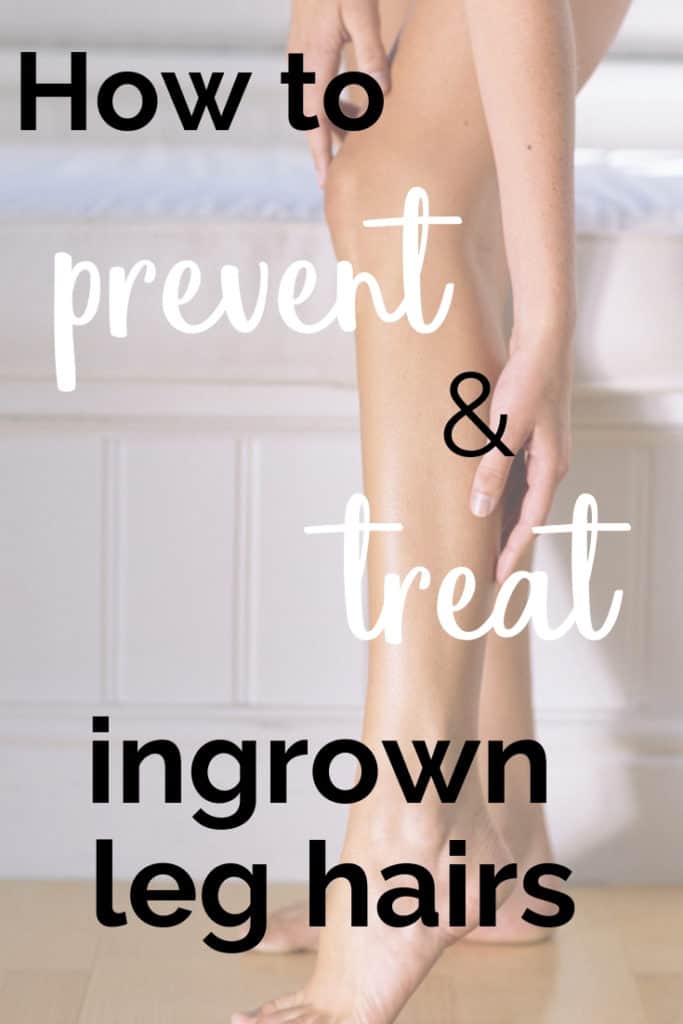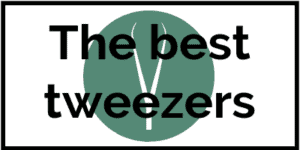 How to treat and prevent ingrown leg hairs
How to treat and prevent ingrown leg hairs
Most people, (me included) come across a few ingrown leg hairs every month on their legs or other parts of the body. The little hairs can curl under or even grow strait under the skin! These little bumps drive me crazy, so I wrote a blog post on some of the discoveries we made in my research on the topic!
What are ingrown hairs?
“An infected ingrown hair is the result of a grown-out hair that has curled back into the skin and becomes infected. Recurrent cases are sometimes called folliculitis.
Normally, new hair grows straight out of your hair follicles. These follicles are located within the skin. As the hair matures, it exits the skin’s surface and continues to grow. But sometimes, the hair grows crooked or curls back under before it has a chance to exit the skin. This is called an ingrown hair. Ingrown hairs are common and can generally be treated at home, even if the affected area becomes infected-Healthline.com
How do you treat ingrown hairs?
Scrub Gloves can treat ingrown hairs.
These should be your first defence to treating ingrown leg hairs. Scrub gloves are the least expensive and the easiest to use. Often, a lack of exfoliation is what’s causing your ingrown hair. We have written an in-depth blog post on Scrub Gloves for you to read. We recommend trying scrub gloves with your favorite body wash. Use it every other day in the shower for a month to see if this method works for you.
Serums can treat ingrown hairs.
Ingrowns can be a little complicated and even become red and inflamed. You might want to try adding a serum to your regular routine. Many serums can be applied every day to the affected follicles. Most are relatively inexpensive and can be easily found in your local store or on Amazon. We’ve written an extensive post on ingrown hair solutions and creams (<<<— Click that link to read the blog post) that you can read if you would like to know more about this method.
Natural remedies to treat ingrown hairs.
We understand that not everyone wants to buy or use commercial products on their ingrown hairs. You should read the article Common home remedies to treat ingrown hairs to help you to easily purchase and choose remedies. This is a great resource if it interests you in learning more about home remedies to treat ingrown hairs.
There are literally hundreds of remedies but some of the most popular ones are to use lavender oil or tea tree oil mixed with a carrier oil. Homemade sugar scrubs work well too.
It is always best to seek the advice of a doctor or pharmacist before using any home remedies.
You might have to use a couple of these methods together of treating ingrown hairs. It may take a month or two to get these under control, but the results will be worth it.
How do you prevent ingrown hairs?
Preventing ingrown hairs is the best defence for ingrown hairs.
If your hair is naturally coarse or curly you may be prone to ingrowns. You can still minimize the inflammation by using the treatments we have shared with you.
First, you will have to determine whether shaving or waxing or any other hair removal methods are the cause of them. You may have to experiment with a few hair removal methods over time, but you should eventually find one that works.
Regular exfoliating and moisture also help a lot with preventing ingrown hairs.
No matter what method of preventative measures you take to prevent ingrown hairs, you should use the following tips for post waxing or shaving:
Exfoliate, cleanse and moisturize every single day with a pumice glove. Use only liquid soap!
Don’t wear tight panties, pants or leggings. These often chafe the skin and irritate it.
Keep hands away from touching freshly waxed skin,
Opt for a shower. Don’t take a hot bath or hot tub for the rest of the day.
Do not use tanning beds, saunas or steam rooms for the next two days.
Sexual activity should be avoided for at least 24 – 48 hours.
How do you remove an ingrown hair?
We’ve found medical information that recommends you do it at home if it seems to be uncomplicated. This is not for the faint of heart though. Many people are uncomfortable doing this procedure and that’s ok. If that’s the case, use the methods above to treat the ingrown hair. If it seems to not go away see your doctor or medical esthetician.
To remove an ingrown hair safely:
Wash the area with gentle unscented soap with warm water. If the area is not irritated, gently exfoliate it a scrub glove, brush or body scrub.
Apply a warm, wet washcloth over the ingrown hair for 5 minutes. You may have to keep warming the washcloth under hot water.
Use sterilized needle, lancet or tweezers, to gently pull out the hair.
Pull slowly so you don’t break the hair. When you think it is at its end pull from the base of the hair (close to the skin)
Wash the area again with warm, soapy water.
You can apply an antibiotic ointment.
Treating ingrown hairs can be annoying and can often take a variety of methods and time in order to figure out what works best for your body. As always, consult with your doctor or medical esthetician. If these are a big problem for you, you might want to consider an alternate method of hair removal. If you are still suffering from some pretty bad ones, visit your local medical esthetician or dermatologist for advanced treatments.




